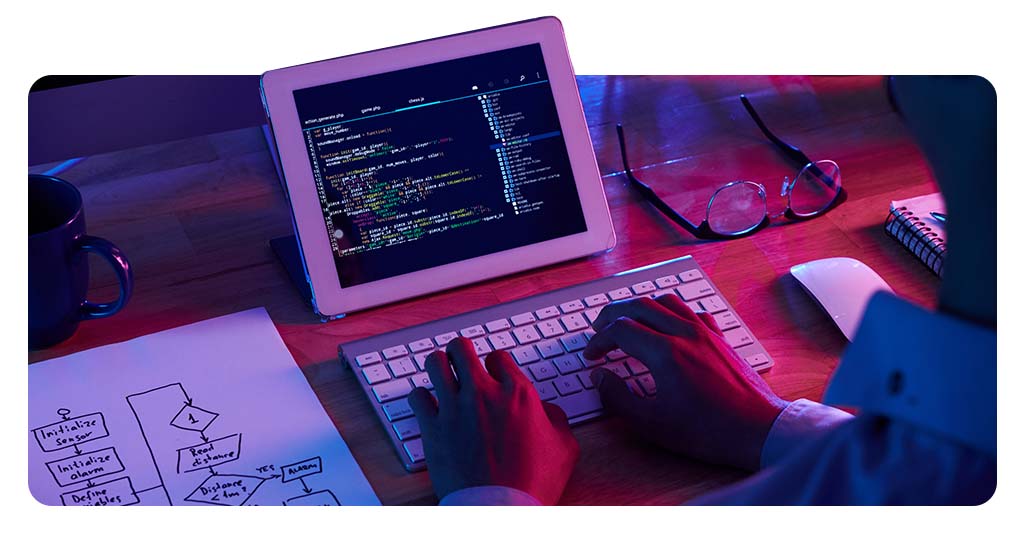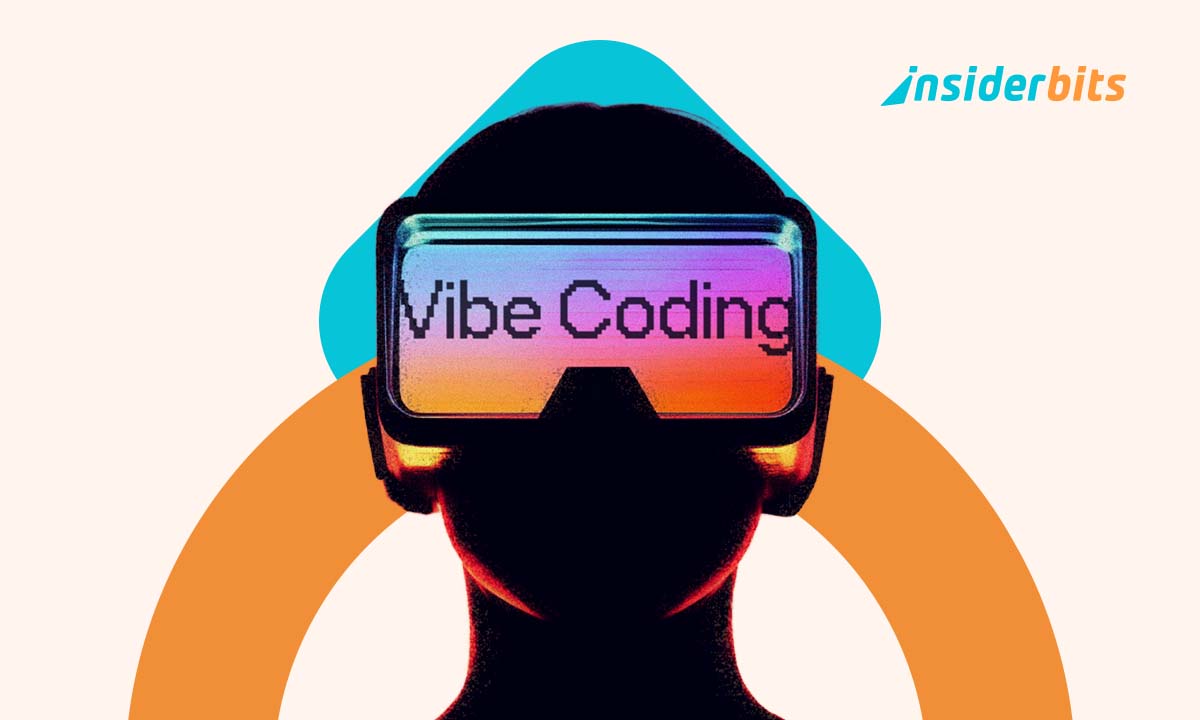The software development landscape is undergoing a radical transformation with the rise of vibe coding, an innovative approach that leverages artificial intelligence to translate natural language into functional code.
This emerging methodology promises to democratize programming, allowing both experienced developers and non-coders to build applications through intuitive, conversational interactions.
As AI models grow more sophisticated, vibe coding could redefine how we create software—but not without significant challenges.
- AI and Copyright: Who Really Owns AI-Generated Content?
- Advanced Face Swap Tool – Remaker AI
- Adobe Express: Craft Stunning Designs with AI
What Is Vibe Coding?
Vibe coding refers to the process of generating code using AI assistants that interpret human language prompts.
Instead of writing complex syntax manually, developers describe their intent (e.g., “Create a Python function to sort a list of dates”), and the AI produces executable code.
Key characteristics of vibe coding include:
- Natural Language Processing (NLP): AI understands plain English, Portuguese, or other languages;
- Context-Aware Suggestions: tools like GitPod’s AI pair programmer adapt to project requirements;
- Rapid Prototyping: accelerates development by automating boilerplate code.
This shift mirrors the evolution seen in tools like DeepSeek Coder, which blend traditional programming with AI augmentation.
How Vibe Coding Is Revolutionizing Software Development
The emergence of vibe coding is fundamentally altering how software is conceptualized, built, and maintained.
By bridging the gap between human intention and machine execution through natural language processing, this paradigm shift is impacting multiple facets of the development lifecycle.
Democratizing Programming
Vibe coding is dismantling traditional barriers to software creation through several key mechanisms:
- Empowering Non-Technical Users
Entrepreneurs, designers, and subject matter experts can now prototype applications by describing functionality in plain language. Tools like Composer enable business teams to generate basic CRUD applications without writing a single line of code, significantly reducing dependency on engineering resources for MVP development. - Accelerating Startup Validation
Early-stage founders can use vibe coding platforms to:
• Convert napkin sketches into working prototypes in hours rather than weeks
• Iterate on product ideas through conversational AI refinement
• Demonstrate functionality to investors without extensive technical teams - Transforming Junior Developer Onboarding
New engineers achieve productivity faster by:
• Using AI-generated examples to understand codebase patterns
• Receiving instant explanations for complex legacy code
• Practicing with interactive coding assistants that teach through doing
Enhancing Developer Productivity
Professional engineers are leveraging vibe coding to achieve unprecedented efficiency gains:
- Automating Repetitive Tasks
AI coding assistants now handle:
• Boilerplate code generation (API endpoints, class structures);
• Test case scaffolding;
• Data transformation pipelines.
Developers report saving 15-30% of their workweek on routine implementation. - Revolutionizing Debugging Workflows
Modern vibe coding environments provide:
• Context-aware error resolution (suggesting fixes based on project history);
• “Time travel debugging” that reconstructs how bugs emerged;
• Automated root cause analysis through conversational queries. - Self-Documenting Codebases
Advanced systems now:
• Generate maintainable documentation from code comments;
• Create visual architecture diagrams from natural language descriptions;
• Keep documentation synchronized with code changes.
Changing Education Paradigms
The rise of vibe coding is forcing a reevaluation of how programming is taught:
- Curriculum Evolution
Leading bootcamps (per Education Next) now blend:
• Traditional algorithmic thinking;
• AI prompt engineering techniques;
• Code review strategies for AI-generated output. - New Learning Pathways
Emerging pedagogical approaches include:
• “Conversational programming” courses teaching precise AI instruction;
• Hybrid human-AI pair programming exercises;
• Focus on architectural thinking over syntax memorization. - Accessibility Improvements
Vibe coding enables:
• Non-English speakers to program in their native languages;
• Developers with disabilities to code through voice interfaces;
• Visual thinkers to translate diagrams directly into code.
This transformation extends beyond individual productivity—it’s reshaping team structures, business models, and the very definition of programming expertise in the AI era.
As noted in GitPod’s technical analysis, organizations adopting these tools are seeing 2-3x faster feature deployment cycles while maintaining (and in some cases improving) code quality through AI-assisted review processes.
The most successful teams are treating vibe coding not as a replacement for traditional development, but as a powerful augmentation that changes what human engineers focus on—shifting from implementation details to higher-level system design and creative problem solving.

Benefits and Challenges of Vibe Coding
Here are a couple of cons and pros:
Advantages
- Faster Development Cycles – Prototypes that once took days can be built in hours
- Lower Learning Curve – Makes programming accessible to broader audiences
- Cross-Language Translation – Convert logic between Python, JavaScript, etc.
Risks
- Security Vulnerabilities: AI may generate insecure code (see Ars Technica’s analysis)
- Over-Reliance on AI: could erode fundamental programming skills
- Technical Debt: poorly optimized or unmaintainable code structures
Real-World Applications of Vibe Coding
Several platforms already implement this approach:
- Superwhisper: AI that converts voice commands into React components;
- Composer: no-code tool using vibe coding for backend logic;
- GitHub Copilot X: advanced AI pair programmer.
A New Scientist report highlights how startups use these tools to reduce development costs by 40-60%.
The Future of Vibe Coding in the Tech Industry
Experts predict vibe coding will:
- Become standard in IDE plugins by 2026;
- Shift developer roles toward “AI prompt engineering”;
- Spark debates about code ownership/licensing.
As Simon Willison observes, the technology’s success hinges on balancing automation with human oversight.





